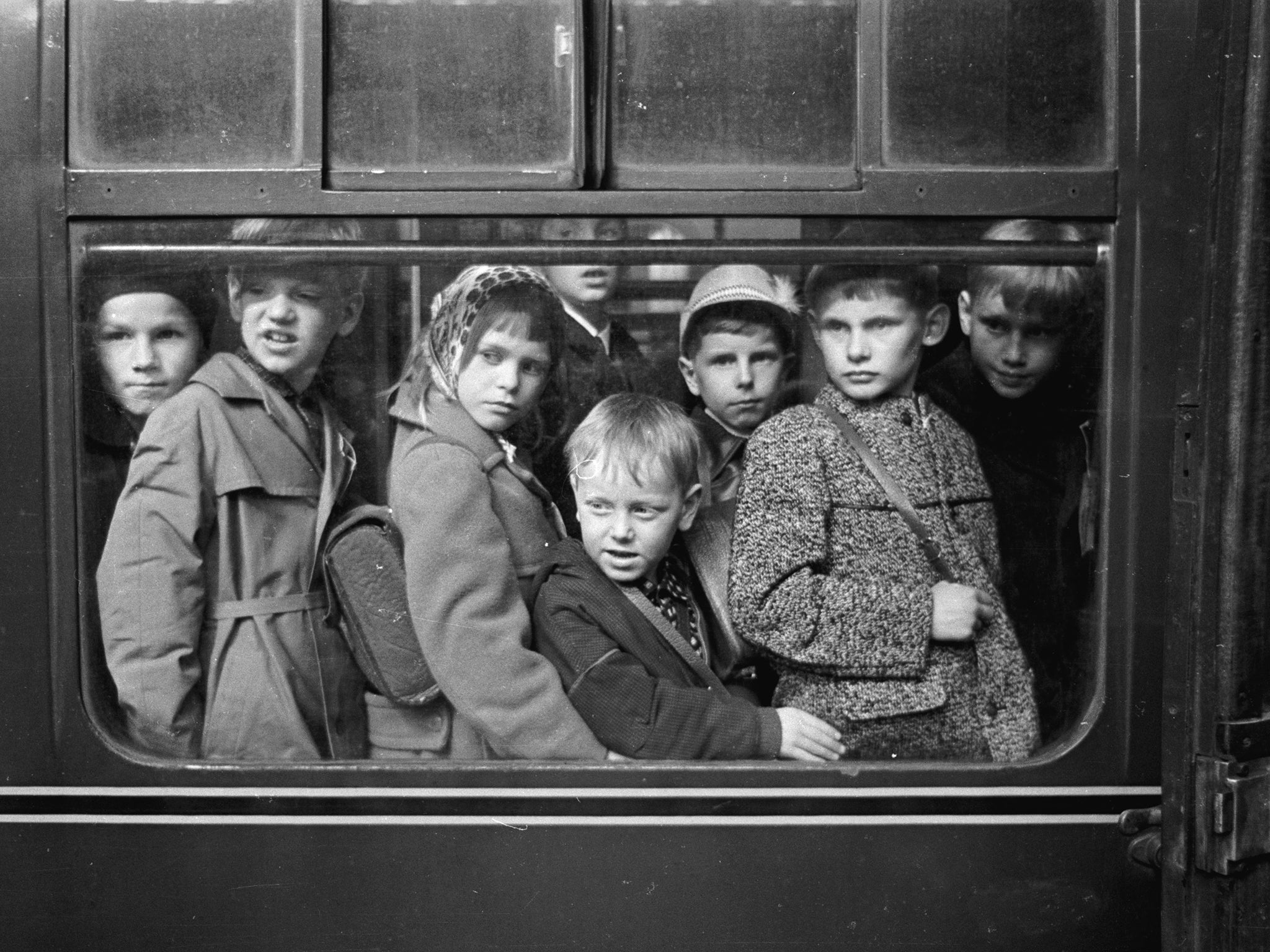Your support helps us to tell the story
From reproductive rights to climate change to Big Tech, The Independent is on the ground when the story is developing. Whether it's investigating the financials of Elon Musk's pro-Trump PAC or producing our latest documentary, 'The A Word', which shines a light on the American women fighting for reproductive rights, we know how important it is to parse out the facts from the messaging.
At such a critical moment in US history, we need reporters on the ground. Your donation allows us to keep sending journalists to speak to both sides of the story.
The Independent is trusted by Americans across the entire political spectrum. And unlike many other quality news outlets, we choose not to lock Americans out of our reporting and analysis with paywalls. We believe quality journalism should be available to everyone, paid for by those who can afford it.
Your support makes all the difference.It is difficult to believe the scale of the cruelty involved in the story of Britain’s child migrants. It was another form of institutional child abuse, of which we know there was far too much.
It was also a peculiarly British and Irish phenomenon; no other country practised anything like this policy for children who, in the phrase of the time, were “born out of wedlock”. They were given up for adoption – not always with the full-hearted consent of the mother. Many stayed in care homes and with adoptive families in this country, where there was a better chance of eventually being able to trace their biological parents. Those exported to Australia, New Zealand, Canada and Rhodesia (now Zimbabwe) had much less chance of finding their birth family later in life.
Only in recent years have some of the infants forcibly transported decades ago been reunited with their kin. Thanks to the Child Migrant Trust, many of these dismal tales are at least having some sort of happier ending – and one such story we are able to report today. Sadly, though, with the last such movements having taken place in 1970, many have died knowing little, if anything, about their personal histories.
There has been some talk about a judicial inquiry into this shameful episode. Yet much about what happened is in the public domain. In 1944, for example, the Prime Minister of Australia, John Curtin, declared in the federal parliament: “It is proposed that the Commonwealth seek out in Britain and Europe, in each of the first three post-War years, at least 17,000 children a year (about 50,000 in three years) suitable and available for migration to Australia.”
We know that the Roman Catholic Church’s moral teachings in particular effectively forced many single mothers to part from their babies, never to see them again. We also know that sexual and physical abuse was sometimes involved.
The various institutions and countries involved seem willing to disclose more about child migrancy, and to play their part in helping to reunite families. That is where the emphasis now best lies.

Join our commenting forum
Join thought-provoking conversations, follow other Independent readers and see their replies
Comments